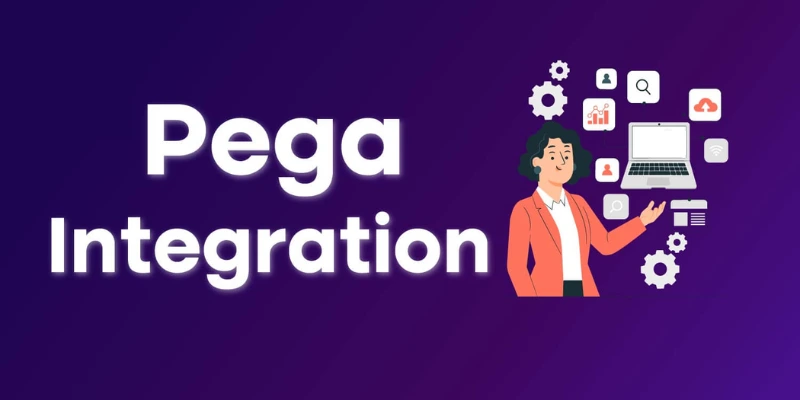Salesforce is a top CRM platform offering tailored services to its clients, partners, and staff. It also provides a platform for building custom applications, pages, components, and more. The efficiency of Salesforce’s system is mainly due to the architecture it employs. Here, we will discuss “What is the Salesforce architecture?”. Salesforce Training in Chennai will help you master the art of Salesforce and propel your professional journey.
What is Salesforce Architecture?
Salesforce architecture is a multi-layered framework that underpins the Salesforce CRM platform. It encompasses presentation, application, data, integration, and security layers. This architecture enables customizable UI/UX, core CRM functionalities, secure data storage, seamless system integration, and robust security measures to drive business innovation and growth.
Terminologies Used in Salesforce Architecture
- App: An architecture app allows for the visual collection of metadata elements such as classes, objects, and Visualforce, which are separate from the app.
- Instance: When users log in to the Salesforce system, they see a software configuration called an instance of the Salesforce architecture. This instance displays the server details of the specific Salesforce organization the user is accessing. Multiple Salesforce instances can exist on a single server, but the instance a user visits is determined by their location.
- Superpod: Superpod is a collection of frameworks and load balancers that includes outbound intermediary servers, system and capacity foundations, mail servers, SAN architecture, and various other frameworks that support multiple instances.
- Sandbox: A sandbox is a separate instance from the production environment. It contains sample data instead of original data. This allows developers to test various conditions and ensure the final product meets the customer’s expectations. With a sandbox, developers can create multiple copies of the production organization in different environments, making testing different scenarios easier and avoiding potential issues. Salesforce Training Online will help you to gain expertise in Salesforce fundamentals.
Core Architecture of Salesforce
The Salesforce architecture consists of multiple layers with unique features and functionality.
Multitenant Layer
Salesforce architecture is popular because of its multitenancy. The multitenant architecture means one common application for multiple groups or clients. In such architecture, multiple clients use the same server, but their data is isolated. It means one client’s data is secure and isolated from other groups or clients.
Multitenancy allows developers to create applications and share them with multiple clients or groups by uploading them to the cloud. This architecture is cost-effective since multiple users share the same server and applications. Salesforce’s multitenant architecture stores all customers’ data in a single database.
As shown in the above diagram, the common application is shared among the three clients.
Multitenant architecture is much more efficient than single-tenant architecture. Some differences between the architectures are given below:
- The development cost is much higher in single-tenant architecture than in multitenant because, in single-tenant, each user on the application and the maintenance cost is also owned by the single user.
- To make any update in the application, the developer needs to do it for each client manually. Whereas in multitenant, the developer needs to do it in one place, and automatically each client will receive the updated version.
Metadata
The Salesforce platform uses the metadata development model. Metadata refers to data about data, and Salesforce stores it in the shared database along with the data.
As shown in the diagram below, the tenant-specific data ensures that the expected data is only shared with one tenant, not another tenant or group. This ensures the security of the data, even in the shared database. The security issues get resolved with the multitenant architecture because all data is stored on different levels in the form of metadata, i.e., data above data. If you want to build a rewarding career in a dynamic and innovative field, joining the Training Institute in Chennai is undoubtedly a platform worth exploring.
Also Read: Salesforce Interview Questions and Answers


